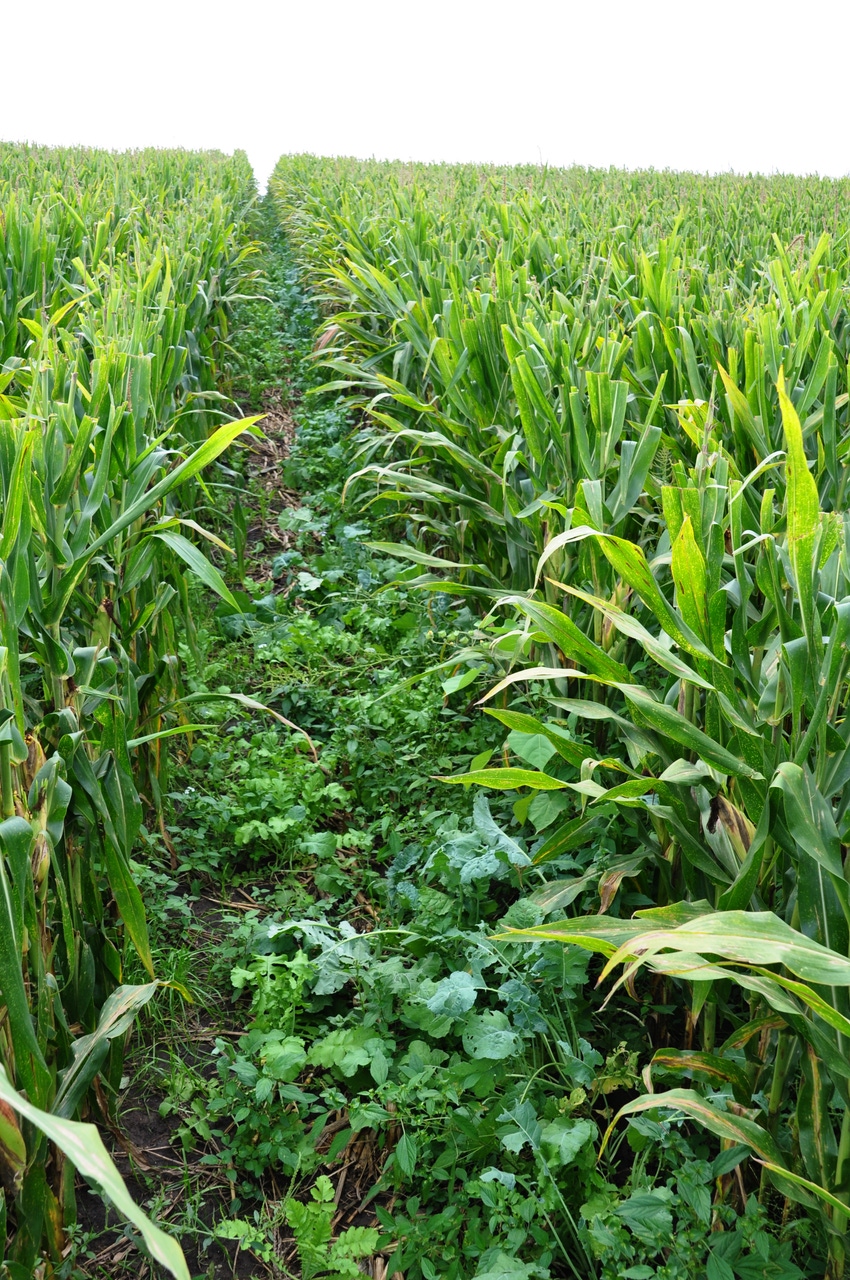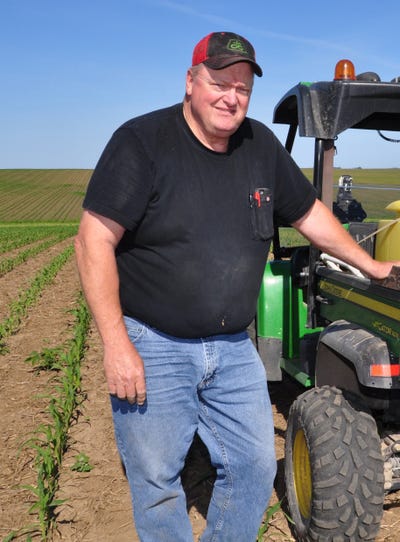October 4, 2016

Think different
Jack Boyer has grown cover crops for six years and now they cover all his acres. Such experience has led this northeast Iowa farmer to think fall-seeded cover crops fall short in delivering full soil building potential. That’s why he’s testing early interseeding into V4 to V6 corn for the past two years, and may interseed even earlier next year, into V2 to V4 corn.
-----------
Maximizing cover crop performance led Iowa farmer Jack Boyer to change his thinking after year six of experiments. “My goal is to build soil organic matter and capture nutrients in the soil for full use by crops,” he says. 
“I worked with Practical Farmers of Iowa to determine the amount of nutrients that cover crops could capture, based on planting dates. It became very clear that cover crops established earlier in the season captured more nutrients, produced more biomass, and built soil faster.”
Get more INSIGHT: Download Cover Crops: Best Management Practices now!
That led the Tama County farmer to experiment two years ago with interseeding cover crops into almost knee-high corn. In 2015, Boyer used a Valmar air seeder mounted on his anhydrous sidedress toolbar to seed cereal rye into V4 to V6 stage conventional corn on 30-foot wide replicated strips.
“I blew the seed down as I applied nitrogen and let the anhydrous knives incorporate the seed,” he says. “It worked really well, with a beautiful stand that grew well in June and July. I thought it would become spindly and go dormant in August, and then grow back in the fall after harvest, but instead it died. That suggested to me that cereal rye doesn’t have very good shade tolerance.”
This past year, Boyer used a spin seeder to interseed two cover crop mixes that included annual ryegrass, crimson clover, berseem clover, radishes, lentils, and turnips. As it happened in 2016, all his corn acres were seed corn, including the replicated cover crop strips. “It appears that everything—especially the brassicas—grew well in seed corn.”
Boyer wants to see if the annual ryegrass can overwinter. He doesn’t have plans for next year finalized, but he’s leaning towards earlier seeding around V2 to V4, using annual ryegrass with radishes or turnips for both seed and commercial corn.
Two year takeaways
What has Boyer learned in two years of interseeding?
Timely rains make or break with cover crops.
Corn yields haven’t been affected by interseeded cover crops.
Use shade tolerant species—he’s seen a tall corn canopy kill cereal rye.
Weeds—especially resistant waterhemp—can be a problem.
Cover crops and seed corn might be a perfect match.
My application and seeding methods are viable.
Read what two universities are doing to help farmers make cover crops a workable reality on their farms. Also check out how one farmer is using cover crops to battle herbicide resistant weeds on his farm. Plus, it may be time for some soil rehab.
About the Author(s)
You May Also Like




